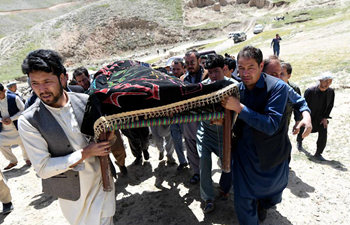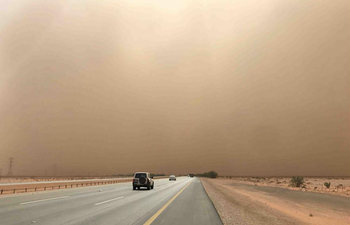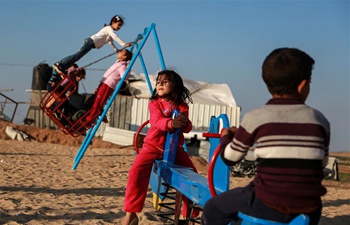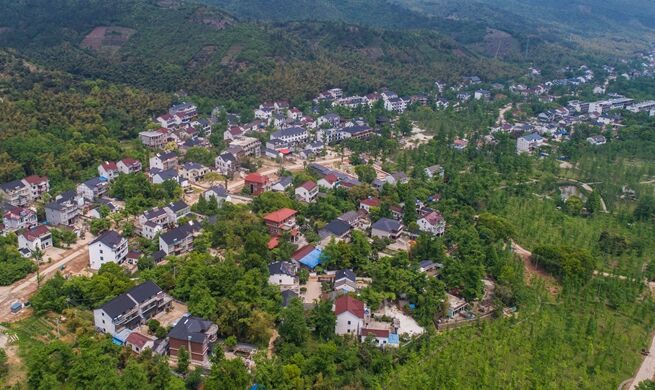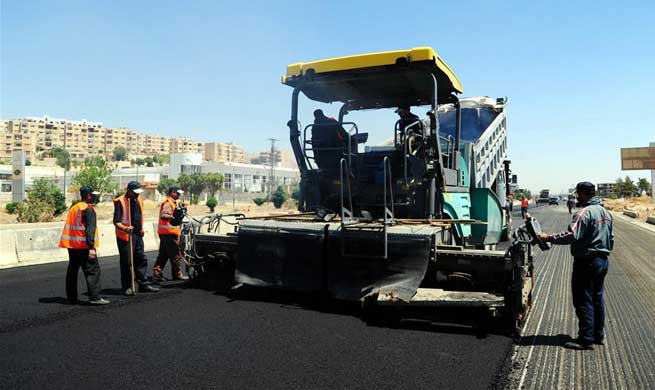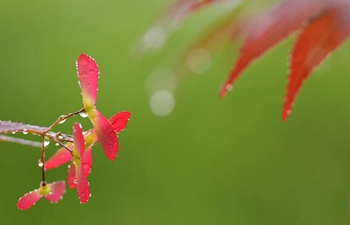CANBERRA, April 24 (Xinhua) -- Australian researchers have stepped up their efforts to tackle an ancient version of the HIV virus which is becoming more prevalent in remote regions and affecting indigenous communities, local media reported Tuesday.
The virus is called T-cell lymphotropic virus type 1, or HTLV-1, and Australia has the highest levels in the world, according to scientists at the Baker Institute for Heart and Diabetes in the Northern Territory (NT).
They estimate that 45 percent of Indigenous adults in central Australia carried HTLV-1.
As a distant cousin of human immunodeficiency virus (HIV) which can lead over time to acquired immunodeficiency syndrome (AIDS), HTLV-1 is a blood-borne virus that can be sexually transmitted or passed from mother to child. The virus can lead to inflammation of the skin, eyes and lungs.
"You're also at risk of developing things like leukemia, so blood cancer, and becoming disabled through spinal cord injuries," researcher Joel Liddle told the Australian Broadcasting Corporation (ABC) on Tuesday.
"Once your pro-viral load is high, you're at a high risk of poor health."
Researchers say leukaemia caused by the virus could be "rapidly fatal."
The Baker Institute team has been inspecting vials of blood infected with the ancient virus at their laboratory in the NT city of Alice Springs.
HTLV-1 is most common in ancient cultures, with cases being found in southern Japan, South America and Africa.
The virus is thought to have arrived in Australian from Indonesia, but it continues to affect Aboriginal communities in the heart of the country.
"In remote Australia, it's so out of sight, out of mind with a lot of things, health is just one of those things," Liddle said.
One of the difficulties with this virus is that most of those who have HTLV-1, don't know they have it, and a vast number of Aboriginal communities have never been tested.
An infectious diseases expert, Lloyd Einsiedel, told the ABC that HTLV-1 was associated with inflammatory conditions, including bronchiectasis, a chronic infection of the airways, which appears at "phenomenal" rates in central Australia among Indigenous patients.
"The risk of bronchiectasis is dramatically increased if you're HTLV-1 infected and if you've got a lot of the virus in your blood," he said on Tuesday.
"It's the most potent carcinogenic (cancer producing) virus that we know of."






